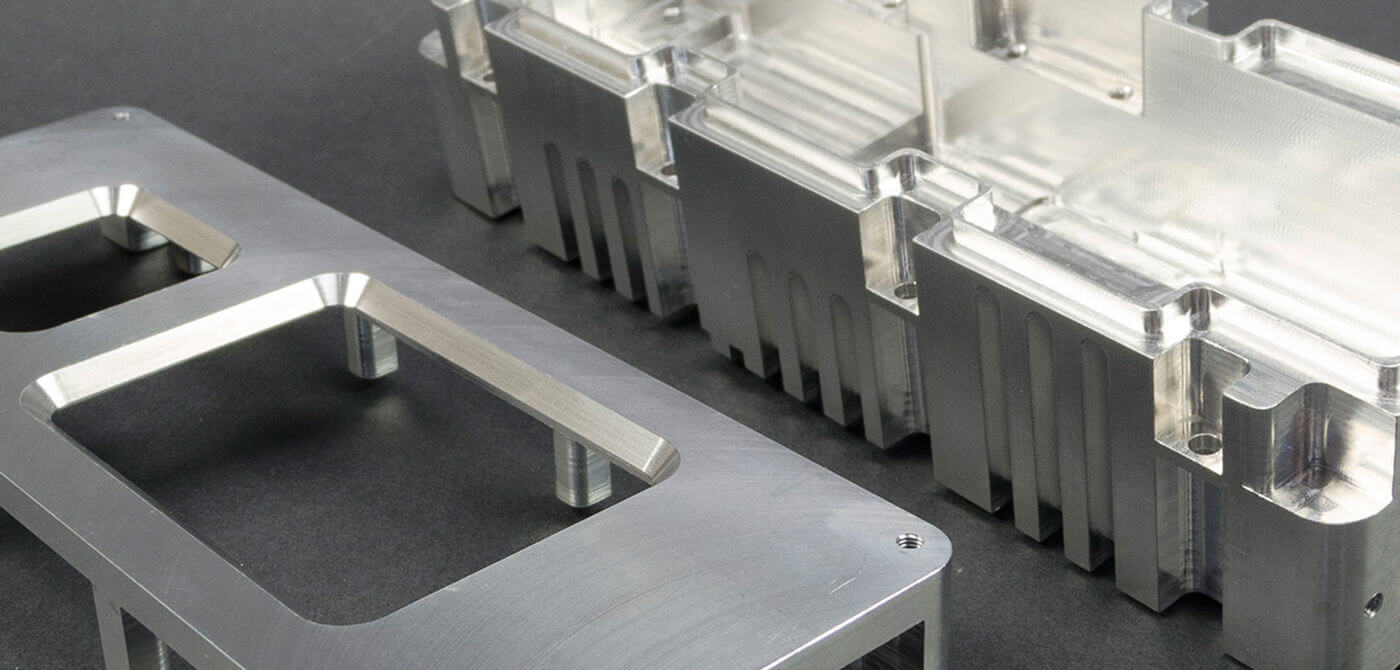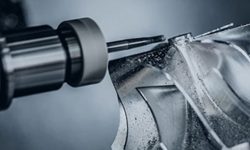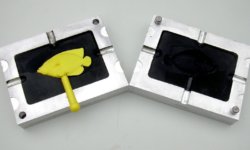When developing a product, making a physical prototype can help you with research, testing, financing, and much more. And thanks to rapid prototyping service providers like 3ERP, it’s easy to make an affordable prototype in a short timeframe.
However, some companies delay prototyping simply because they don’t know where to start; they don’t know which technologies or materials to use, or they don’t know what kind of prototyping partner to work with.
Fortunately, making a prototype with a partner like 3ERP is straightforward and painless. This guide looks at the basics of how to make a prototype and analyzes two broad categories of prototypes: concept models and functional prototypes. It is also gives an overview of how the rapid prototyping process works at a prototype manufacturing facility.
What is rapid prototyping?
Rapid prototyping is the process of developing a prototype in the shortest timeframe possible. A prototype is a model, draft, mockup, or early-stage version of a physical product that is built prior to production.
There are different reasons why companies may need to develop a prototype, and different technologies can be used to build it: at 3ERP, we focus on CNC machining, 3D printing, molding, casting and sheet metal fabrication, and some prototypes require a combination of processes if they contain multiple components.
Rapid prototyping helps companies get their product to market faster. By building the prototype quickly, the company can speed up processes like market research and mechanical testing, in which prototypes are generally required, and get to the final stages of product development sooner rather than later.
Concept models
Focus: Visual appeal, communication of basic ideas, lowest possible cost
Typical processes: 3D printing, CNC machining, vacuum casting, sheet metal, other
Many prototypes are built to provide a visual or aesthetic function. Prototypes of this sort do not need to work, but they need to give an accurate visual impression of the final product.
A prototype built for visual purposes may be called a concept model, display prototype or looks-like prototype. It can be used to demonstrate a future product to potential investors, or to conduct market research on potential customers. It may also be used to convey ideas to other internal departments at a company.
Since concept models do not need to be functional, it is possible to use certain manufacturing processes that may not be used for final part production. The focus is simply on making a good-looking prototype at the lowest possible price.
For this reason, 3D printing is sometimes used for concept models: printed parts may not be strong enough for end use, but they can be made quickly to a high visual standard. Vacuum casting is also mostly used for low-strength, visually appealing prototypes. That being said, CNC machining and sheet metal fabrication can often be cheaper and/or more suitable for certain projects, and there is a large degree of flexibility.
Companies may also use cheaper materials for their concept model, since the material does not need to withstand forces or perform a mechanical function. However, to maintain an impressive look — to make a low-cost plastic appear metallic, for example — professional surface finishing may be applied.
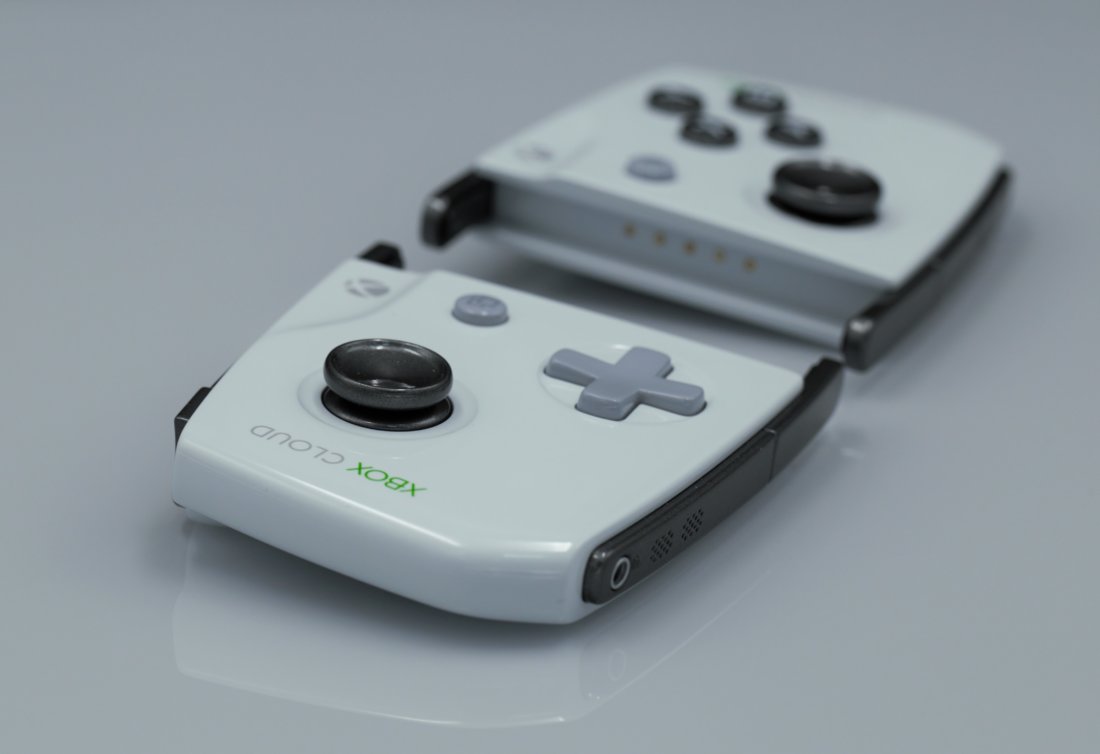
An example of concept model
Functional prototypes
Focus: Validation, mechanical testing, pre-production
Typical processes: CNC machining, injection molding, sheet metal, other
Prototypes can also be functional as opposed to merely visual. Functional prototypes are typically built to validate physical aspects of a product — material selection, for example — or to perform mechanical testing. They may also be used to demonstrate the function of the product to internal staff, customers, investors, etc.
If used for testing, a functional prototype may have little consideration for aesthetics. For example, functional prototypes may be uncolored, unfinished, or lack certain features and details. However, late-stage or pre-production prototypes may contain both functional and aesthetic features in order to be as close as possible to the end product.
Functional prototypes undergoing mechanical testing generally need to be made using materials and processes close to those used in production, else the testing will not be useful.
If the prototype also needs to undergo compositional metal testing, then choosing a production-grade material is critical. Production processes like CNC machining and injection molding are often be used for functional prototypes, since 3D printed parts often lack requisite strength and will not reflect the production part in terms of mechanical performance.
For non-demonstrative functional prototypes, surface finishes need only be applied if they contribute to the function of the product, and painting, application of branding etc. may be omitted.
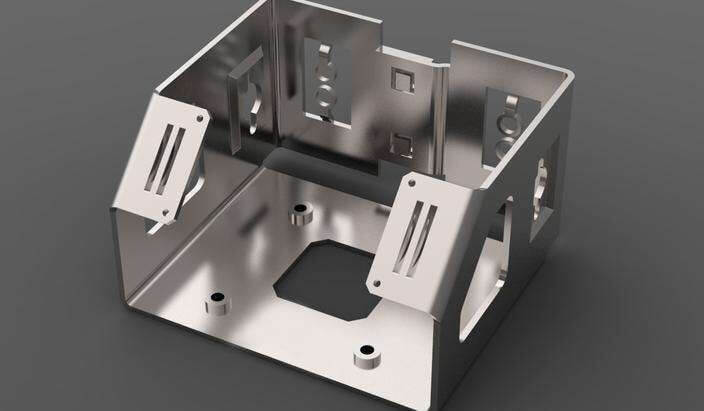
An example of a functional prototype
The rapid prototyping process
At 3ERP, the rapid prototyping process begins once we have finalized an order and received all the necessary information and digital files.
What happens next ultimately depends on the chosen manufacturing process, which depends on the kind of prototype (concept model vs functional), the required material, and the number of units required. Each case is different, and we can work with the customer to determine the best approach for each rapid prototyping order.
Regardless of the process, the prototypes are subject to quality control procedures and are then given any necessary post-processing steps, like removal of support material and application of any desired surface finishing treatments, such as anodization or painting.
Prototypes are then shipped to the customer as soon as possible, so they can proceed with their product development.
Below is an outline of the different processes we use for rapid prototyping.
CNC machining
For CNC machined prototypes, we can get started quickly, by obtaining the correct materials and sending the digital file to the CNC machine for milling, turning, EDM, etc.
CNC machining process is good for rapid prototyping because it is a one-step process: no tooling is required; the raw material goes in and the prototype comes out. This makes the process very fast, in addition to producing prototypes of a high quality with a high level of detail.
Machining is also materially versatile. The process is suitable for performance metals and plastics, and machined parts can undergo various surface finishing treatments.
3D printing
3D printing, a layer-by-layer additive process, is often used for concept models but rarely for functional prototypes.
However, there are different forms of 3D printing to consider: FDM, SLS and SLA for plastic parts, SLM and DMLS for metal parts. Metal AM processes can produce high-strength parts with good mechanical performance, and may therefore be used for functional prototypes.
Advantages of 3D printing include complex geometries, low costs, and fast turnarounds. It is most suitable for one-off prototypes rather than batches.
Vacuum casting
Vacuum casting also called urethane casting, is a low-cost alternative to injection molding which is much more affordable than injection molding in low quantities. It is therefore suitable for rapid prototyping, despite the low mechanical performance of parts.
The process is mostly used for concept models, since it produces a high-quality surface finish comparable or superior to injection molding.
Injection molding
If prototypes are being made by injection molding, we have to make a mold first, and this requires some complex CAD design on our end, where we make an inverted version of the prototype with the necessary parting lines, sprues, etc.
Once we’ve built this metal mold, by rapid tooling with a CNC machining center, we can start making the plastic molded prototypes.
Because of this extra stage of manufacturing, injection molding is only really cost-effective when a large quantity of prototypes are required (see Economy of scale considerations below). However, it has many advantages: excellent surface finish, good strength, and similarity to final parts.
Sheet metal fabrication
Sheet metal prototypes can be made in a variety of metals with short turnarounds. These prototypes are often similar to end-use parts and can be used for testing.
Sheet metal fabrication is suitable for specific products like brackets, enclosures, and panels and is not typically used interchangeably with other metal manufacturing processes.
Economy of scale considerations
Choosing a manufacturing is often dependent on the number of units required. Sometimes it is necessary to compromise and choose a different process if the unit quantity does not make economic sense.
Although there are many exceptions, this table gives a rough idea of the number of units suitable for certain processes. (Sheet metal fabrication is excluded, since sheet metal parts and prototypes are usually designed specifically for sheet metal processes.)
|
Metal prototypes |
Plastic prototypes |
|
|
CNC machining |
1–100 |
1–100 |
|
3D printing |
1–10 |
1–10 |
|
Injection molding |
100+ |
100+ |
|
Vacuum casting |
n/a |
1–100 |
|
Metal casting |
100+ |
n/a |
How to make a prototype in 5 simple steps
Conceptualize
The first stage of making a prototype, before designing it, is deciding what is required. This stage may involve market research and brainstorming potential requirements.
Design
Unless a rough handmade mockup is all that is needed, CAD software is required to design a prototype. CAD allows for exact repetition and easy modification, and files can be converted into a machine-readable format for instant production. Those without design experience may require professional product design services.
Choose material, technology, finish
Material, technology and surface finishing should all be considered from the outset, since these factors will inform the CAD design. However, the final selections can be made after the design stage.
Build
A workable CAD file and a list of materials, technologies and surface finishes should be sent to the prototyping specialist, which can then commence fabrication of the prototype.
Prototype again
Once the prototype has fulfilled its purpose, it may be necessary to develop another, depending on the current stage of the product development timeline. For example, a concept model, once validated, may be succeeded by a mechanical prototype.
3ERP is a specialist in rapid prototyping and has worked with a wide range of clients across many industries. Get in touch for a free quote.
